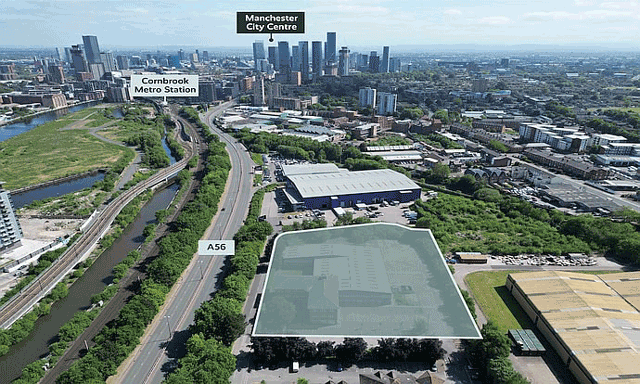 Those who profit from ground rents, block management fees, buildings insurance, freehold enfranchisements and leasehold extensions are advised to tune into the parliamentary TV channel.
Those who profit from ground rents, block management fees, buildings insurance, freehold enfranchisements and leasehold extensions are advised to tune into the parliamentary TV channel.
Use Catch-Up to view the two-hour debate that took place on 20 December, in which housing minister Gavin Barwell sat taking notes as both Conservative and Labour MPs berated iron-fisted freeholders, rapacious developers, high-priced lawyers and grasping managing agents. “The sector has too many bullies, cowboys and crooks,” said Jim Fitzpatrick, a Labour MP whose bailiwick includes Canary Wharf.
Tory grandee Sir Peter Bottomley spent half an hour spelling out multifarious abuses in a debate sparked by housebuilders imposing ground rents that double every 10 years. “We want to see a plan of action in the new year,” said Bottomley. “We want to see a cap on ground rent costs and simple graphs to show the price of enfranchisement.”
Barwell stood up and granted Bottomley his wish. “There are unfair, unjust abuses we are determined to stamp out. We will be coming back in the new year with proposals.”
The earth has begun to move, at least for housebuilders. Two days after the debate, Taylor Wimpey reverted to freehold-only sales on houses.
Land exercises
An example of how much the price of land moves in relation to the mix of private and affordable homes arrives courtesy of Pieter Zitman of Mix Developments, a provider of affordable homes. The Mix exercise is based on an actual site in London postal code E3 able to hold 105 units: 42 priced at open-market value and 63 affordable units. The majority of the latter are able to be sold at a 20-25% discount to OMV, the smallest at 44% and 60% discounts. Prices range from £375,000 for a three-bedroom flat to £112,000 for a studio.
What will interest both private and public landowners is how steeply the £4.8m residual land value falls when you move away from 63 affordable/42 private split. Halve the number of private homes to 21, to give an 84/21 split, and the land drops in value to £3.6m. In other words, providing an additional 21 affordable homes will cost the landowner £1.2m – 25% less. No wonder we have squabbles.
Bloomberg cost alert
On 18 June I wrote of the 662,000 sq ft Bloomberg project, EC4, that a well-placed source said it would “cost a bit over £900m by the time desks come to be installed”. It now seems that even the pockets of billionaire Michael Bloomberg have sewn bottoms.
The 600 tonnes of bronze and 3,000m3 of sandstone that sheath the blocks designed by Foster + Partners is said by awed development staff to have resulted in the most expensive cladding in the history of the universe. Enough is enough.
The all-singing, all-dancing desks ordered for the scheme are turning out to be so expensive that Michael Bloomberg is restricting the number of Bloomies getting seats at these tables when they move in this year. Where’s the IKEA catalogue?
Get gigging
Thirty-something mums and sixty-something boomers are set to benefit from the gig economy in 2017.
The former will be targeted by property recruiter Andrew Deverell-Smith and his 30-something wife Louise. The pair are setting up a web-based gig-booking business for professional women featuring a site that will have the word “mum” in the title.
Boomers should watch out for Viewber, launched in September by Ed Mead, a 56-year-old London estate agent and former Douglas & Gordon managing director. He now has seven staff finding, vetting and tending to 1,000 or more “viewbers” who get £30 per outing. They are, says Mead, “mostly older people, happy to do viewings for agents”. Agents pay Viewber a fixed fee in the low thousands.
Should the idea interest commercial agents? Perhaps. How many of the trifling tasks do office, retail and industrial agents perform using well-paid staff that could equally be done by anyone with some common sense and an iPhone camera?










